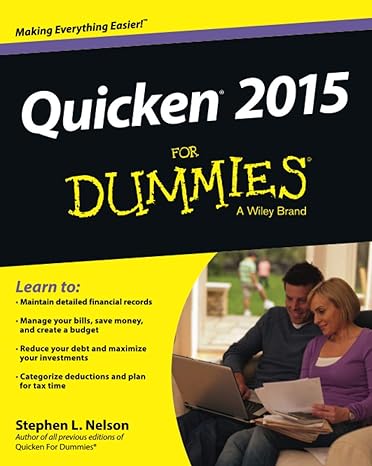Systems Design: Job-Order Costing Required: l. Each member of the team should determine what types of transactions would be posted to one of the following sets of accounts: a. Raw materials and accounts payable. b. Work in process and manufacturing overhead. Finished and cost goods Each team member should present a summary of the types of transactions that would be posted to the accounts to the other team members, who should confirm or correct the summary. Then, the team should work together to complete steps 2 through 8. 2. Determine the transaction that should be reflected in the manufacturing overhead account, and then determine the company's predetermined overhead rate. 3. Determine the June 30 balance in the company's work-in-process account. 4. Determine the transactions that should be reflected in the work-in-process account. 5. Determine the transactions that should be reflected in the finished goods account. 6. Determine the transactions that should be reflected in the cost of goods sold account. 7. Determine the transactions that should be reflected in the accounts payable account. 8. Determine the transactions that should be reflected in the raw materials account. (Hint: A good method for determining the transactions that were recorded in a given account is to update the related, fragmented T-account by posting whatever entries can be developed from the information provided above. Systems Design: Job-Order Costing Required: l. Each member of the team should determine what types of transactions would be posted to one of the following sets of accounts: a. Raw materials and accounts payable. b. Work in process and manufacturing overhead. Finished and cost goods Each team member should present a summary of the types of transactions that would be posted to the accounts to the other team members, who should confirm or correct the summary. Then, the team should work together to complete steps 2 through 8. 2. Determine the transaction that should be reflected in the manufacturing overhead account, and then determine the company's predetermined overhead rate. 3. Determine the June 30 balance in the company's work-in-process account. 4. Determine the transactions that should be reflected in the work-in-process account. 5. Determine the transactions that should be reflected in the finished goods account. 6. Determine the transactions that should be reflected in the cost of goods sold account. 7. Determine the transactions that should be reflected in the accounts payable account. 8. Determine the transactions that should be reflected in the raw materials account. (Hint: A good method for determining the transactions that were recorded in a given account is to update the related, fragmented T-account by posting whatever entries can be developed from the information provided above








